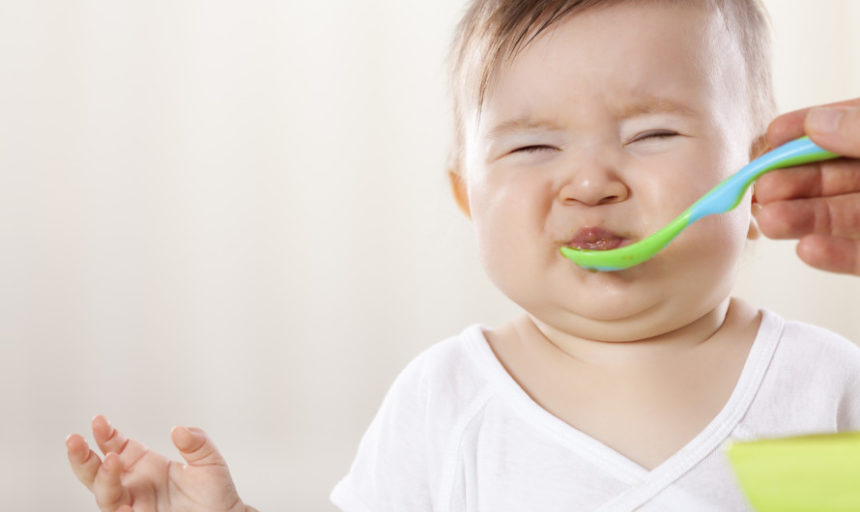Feeling disgusted about something is a sensation that in evolutionary terms helps protect us from disease. The feeling is still young (a few hundred thousand years old) respect to other responses such as anger or fear that appeared already a few million years ago. Because so young its use is still imprecise. Children use the term “disgusting” improperly much more often than the terms “fear” or “joy”. Sometimes it is used to distinguish one’s group of friends from another group. The terms “repugnance” or “disgust” are often used to express a wide array of feelings related to prejudice or bias: people of another race, certain inequalities, the gay population. Small children do not recognize an expression of disgust, but cry in front of an expression of anger or are worried when they see one of sadness. Researchers believe that in evolutionary terms the feeling of disgust has its days numbered (they probably mean millennia numbered) because it blocks social development. They say that the term disgust is used to discriminate against people who are different or who have physical deficiencies or towards things that pose no risk at all. Our close primate cousins do not feel repulsion and the term is even used to express disgust for progress (donor organs, genetically modified food such as rice with vitamin A which has saved hundreds of thousands of children from blindness). Feeling disgust is often an irrational reaction to anything that alters the status quo and for this reason this feeling òis no longer useful for people who live in the modern world.


Leave a Reply